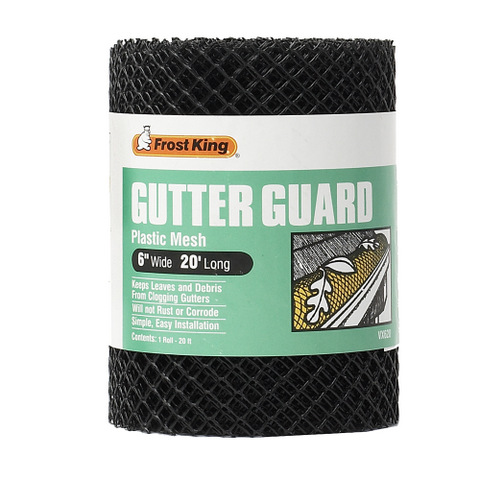Moss wall time!
- Thread starter dereks
- Start date
You are using an out of date browser. It may not display this or other websites correctly.
You should upgrade or use an alternative browser.
You should upgrade or use an alternative browser.

This is what I used to make my carpet.
The biggest tip I can give is instead of making a sandwich with the mesh, just use fishing line to weave in and out with a bobby pin.
Just make sure you do it vertically and cut/tie it when you reach one end to the other.
When I first made one, I did the sandwich method and I noticed there were a lot of patches and it was very hard to correct. It also grew slower, assuming the mess was blocking most of the light.
But I guess if you're doing a wall (and if you don't have that much moss), the mesh can be short in height and you can just allow it to grow downwards. It might take a while to grow though.

You did a great job by posting these nice pics and descriptions of exotic tourist.This article gives the light in which we can observe the reality.
So you're saying tie the moss to the mesh?
If you're using the plastic gutter guard, then yes.
First reason, it bends and doesn't stay straight or flat, so the moss would just fall down, but for the price ($5 for 20 foot long and 6 inches wide), it's worth the inconvenience.
I also realized that making a sandwich with the mesh wasn't necessary and it actually made it harder to fix patches. (i was using zip ties)
My second attempt, I instead of making a sandwich I just used one layer and used sowing thread with a bobby pin to weave the moss down.
This method was easier and the moss grew faster since there were more light shining on it.
The sowing thread would eventually break down over time, but before it even comes close to breaking, the moss would attach itself to the back of the mesh, so that's nothing to worry about.
Also, I planned on using java moss, the guy at the aquarium store said it doesn't make a good wall. Anybody have an opinion on this?
I'm not a fan of using JM as a wall. Christmas, Peacock, Subwassertang and even Fisidens are good options just to name a few.
I used the sandwich method with fiberglass window screen, java moss, and pinched it together at the base with lead fishing weights. I did also sew the layers together with fishing line to keep it from puckering out and forcing the moss to grow out instead of pushing the layers apart (with its mighty strength haha!) It took a lot of moss to keep it from being patchy in the beginning, but patience paid off as it did fill in no problem.
If I did it over again, I would have chosen a different, more lush moss. Sometime JM is all you can get in mass quantity, so you do what you've gotta do
If I did it over again, I would have chosen a different, more lush moss. Sometime JM is all you can get in mass quantity, so you do what you've gotta do
Last edited:


